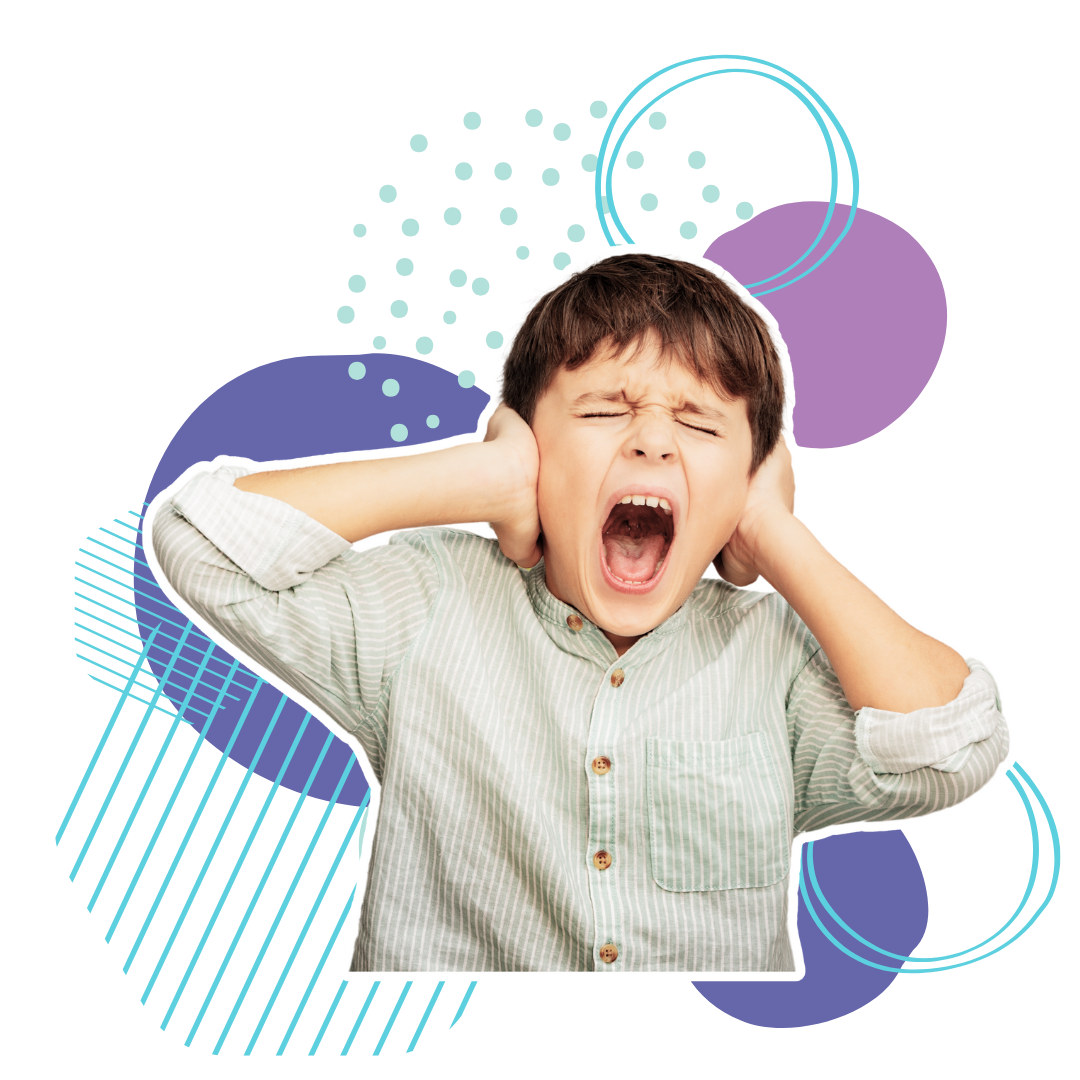When we talk about trauma, we often focus on the events that happen to someone from the outside, a natural disaster, an injury, or an act of violence. But for many children with Autism, trauma can come from within the everyday moments of life. It can come from how the world treats them, how they experience their environment, and how often they are misunderstood.
As we acknowledge Autism Awareness Month, it’s important to open a conversation about the intersections between Autism and trauma, not only for the child, but for families, educators, and professionals who care for them.
For a child with Autism, the world can often feel overwhelming. Lights that are too bright, sounds that are too loud, changes in routine that feel catastrophic, these experiences may seem small to others, but to a child with sensory processing challenges, they can be deeply destabilizing. When these experiences happen over and over without support, understanding, or a way to express discomfort, they can leave a lasting impact.
One of the most common sources of trauma for Autistic children is the inability to effectively communicate their needs. When a child cannot express pain, frustration, confusion, or fear in a way that others understand, they are often left feeling helpless. Over time, this can create deep emotional wounds and affect their sense of safety and control in their daily life.
At the same time, many children with Autism are subjected to constant correction or redirection, with well-meaning adults attempting to “normalize” behaviors rather than understanding them. This often sends a message to the child that who they are is “wrong” or “too much,” which can erode their self-esteem and emotional wellbeing.
For families, the journey can be equally difficult. Many parents experience trauma themselves—grieving the expectations they once held, navigating complex systems to advocate for their child, or feeling isolated from peers and unsupported by the broader community. The stress of managing daily routines, public judgment, and fear for the future can take a serious toll on mental health and relationships within the family.
Educators and healthcare providers, too, may feel unequipped to meet the needs of Autistic children in their care. When training is limited and resources are stretched, professionals often find themselves unsure of how to provide comfort, communication, or structure. This can create an emotional burden, as they may feel they are falling short of offering meaningful care.
At Liddle Kidz® Foundation, we believe that recognizing the emotional and sensory trauma often experienced by Autistic children is critical to truly supporting them. Touch therapy, when delivered in a respectful and sensory-aware way, can be a bridge for connection and comfort. In our Autism Touch Therapy and Pediatric Massage programs, we teach therapists and caregivers how to meet each child exactly where they are—understanding their sensory preferences, honoring their need for predictability, and offering touch only with clear permission and collaboration.
This approach supports regulation, improves communication between parent and child, and most importantly, helps the child feel safe in their body and in their relationships. It shifts the focus from trying to “fix” behaviors to understanding them, from control to connection.
Autism is not a deficit, it is a different way of experiencing the world. But trauma happens when those differences are not respected or accommodated. By increasing awareness, deepening our empathy, and equipping ourselves with the right tools, we can begin to heal the hidden wounds and help all children thrive in the world just as they are.

